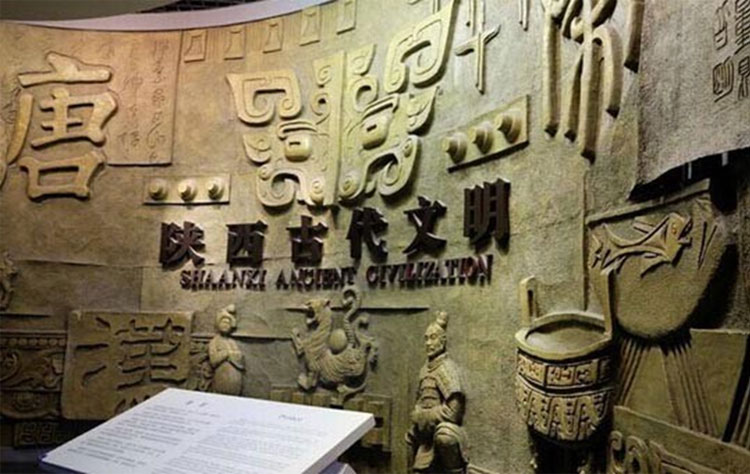
Exhibit in the Shaanxi History Museum. Source: The China Guide
Located in the northwestern part of China, Shaanxi has long been a culturally significant province throughout the country’s history. Its ancient capital, Xi’an (formerly Chang’an), was the imperial seat of administration for 13 dynasties. Xi’an was also the starting point of the Silk Road—an important ancient crossroads for people throughout China, Central Asia, and the Middle East—and is the core area of the country’s latest Belt and Road Initiative.
In recent years, Shaanxi has grown into a bustling central city and a hub for national research, education, and economic development. The government has sensitively urbanised while caring for Shaanxi’s millennia worth of history and culture heritage, coming up with five models of conserving its 7.74 million state-owned non-stationary ancient relics, over 49,000 stationary ancient relics and some 315 historical museums.
1. National Park Conservation Model (国家公园模式):
Masoleum of the First Qin Emperor
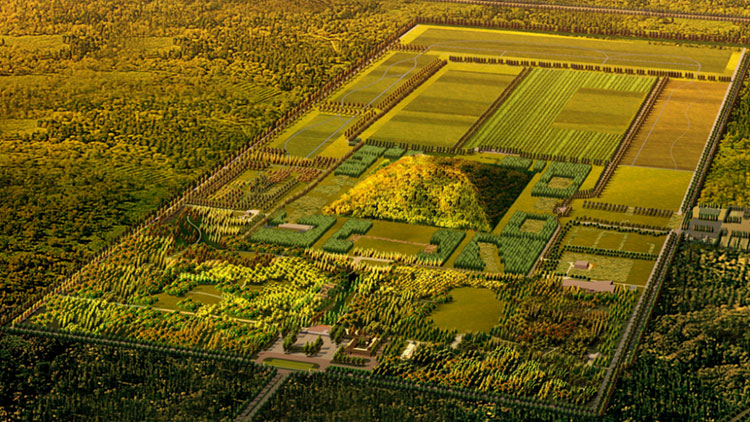
Layout of the Mausoleum of the First Qin Emperor. Source: Li Juan, Division Chief of Museum and Social Cultural Heritage Department of Shaanxi Cultural Heritage Bureau
Best known for its numerous terracotta warriors, the tomb of the emperor who first unified the Chinese empire is a national park today. To conserve the area while improving the surrounding rural region, Shaanxi started a project in 2004 to combine the development of a mausoleum with the New Rural Construction Project. The state expropriated some 3,386.51亩 (approximately 2.26 km²) of land and relocated over a thousand households from three villages. Some 24 commercial districts occupying an area of over 0.32 km² were demolished and rebuilt. Together with the new rural constructions, more than 900亩 (approximately 0.6 km²) of land was expropriated outside the site to build a resettlement area for the villagers.
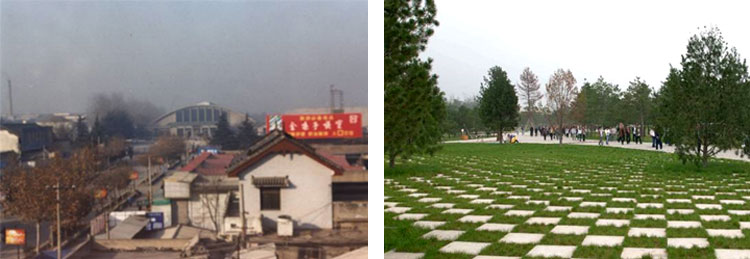
Before (left) and after (right) the area around the Mausoleum of the First Qin Emperor was reconstructed. Source: Li Juan, Division Chief of Museum and Social Cultural Heritage Department of Shaanxi Cultural Heritage Bureau
2. Organisations Conservation Model (集团运作模式):
Daming Palace National Heritage Park
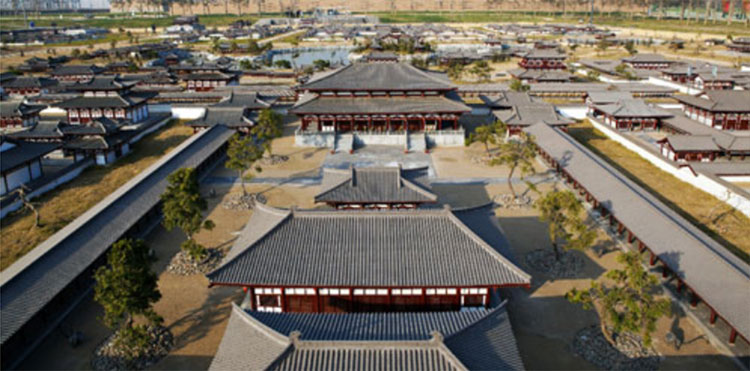
Illustration of the Daming Palace relics area. Source: luo0.com
Built in AD 635, this magnificent complex, formerly known as Yong’an Palace, was renamed to the Daming Palace. It is the most renowned palace in the Tang dynasty, and was where 17 of its 21 emperors handled their political affairs. In 2007, the palace was conserved together with a plan to reconstruct the neighbouring Daobei District. The shantytown north of the Xi’an railway station was developed by those who fled during the resistance war against Japan, and lacked amenities that could meet the needs of its residents today. The project transformed an 19.14 km² area, including the Daming Palace National Heritage Park (3.2 km²), the surrounding reconstruction site (12.74 km²) and the central resettlement space outside the North Second Ring area (3.2 km²).
Unlike the National Park Conservation Model where the government is responsible for the overall management and cost of maintenance, non-governmental organizations take charge of the management and maintenance of the relics area in the Organization Conservation Model. In return, these organizations are provided with the rights to develop the spaces surrounding the relics area.

The poor conditions of the Daobei District before reconstruction. Source: Li Juan, Division Chief of Museum and Social Cultural Heritage Department of Shaanxi Cultural Heritage Bureau
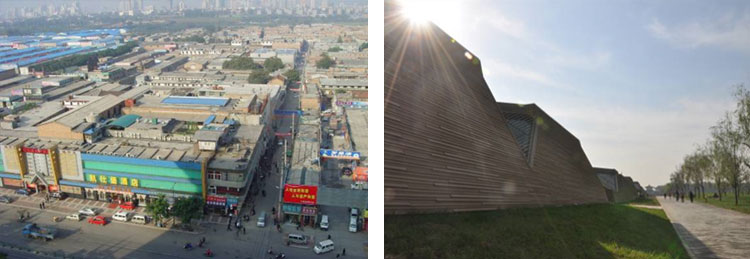
(left) Before redevelopment, Daobei District lacked basic infrastructure and had poor living conditions; (right) Daming Palace National Heritage Park, where an old palace defense wall was reconstructed as part of the redevelopment. Source: Li Juan, Division Chief of Museum and Social Cultural Heritage Department of Shaanxi Cultural Heritage Bureau
Over 25,000 households and more than 100,000 people were affected by the transformation. The redeveloped Daobei District better complements the magnificence of the Daming Palace, and has also improved the environment and raise living standards for the people. Business opportunities in the area have also flourished. For example, new commercial outlets have opened after the construction of Luoyang Metro through Daobei district.

Before (left) and after (right), the preservation of the Hanyuan Temple, the main hall of the Daming Palace. This US$5 million project was a cooperation between UNESCO and the Japanese Government. Source: Li Juan, Division Chief of Museum and Social Cultural Heritage Department of Shaanxi Cultural Heritage Bureau
3. Citizen’s Park Conservation Model (市民公园模式):
Chang’an Ancient Relic and Qujiangchi Relics Park
Qujiangchi is a classic Chinese royal garden that is nearly 1,300 years old, and was once the most famous scenic spot in Chang'an. Today, its remaining relics are part of a public garden developed under the Citizens’ Park Conservation Model.
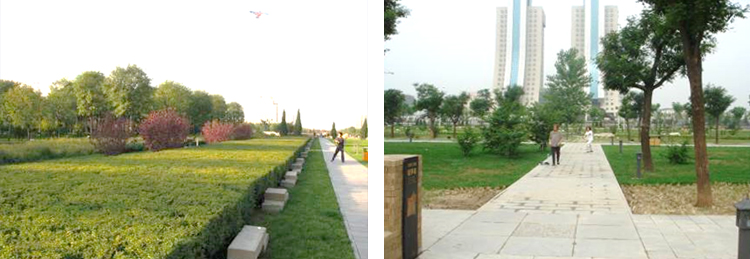
The remaining pillars of the Yanping Gate (left) and the public garden surrounding the relic area (right). Source: Li Juan, Division Chief of Museum and Social Cultural Heritage Department of Shaanxi Cultural Heritage Bureau
The development project covered an area of 1500亩 (approximately 1 km²) and aimed to protect the archaeological sites of the Qin, Han, Sui, and Tang Qujiangchi while reproducing the grand ambience of the ancient royal garden. The result is a comprehensive historical relic park offering recreational functions for leisure activities, sightseeing, entertainment, and commercial exhibitions. It protects the area’s remaining histories while offering citizens a green space to enjoy.
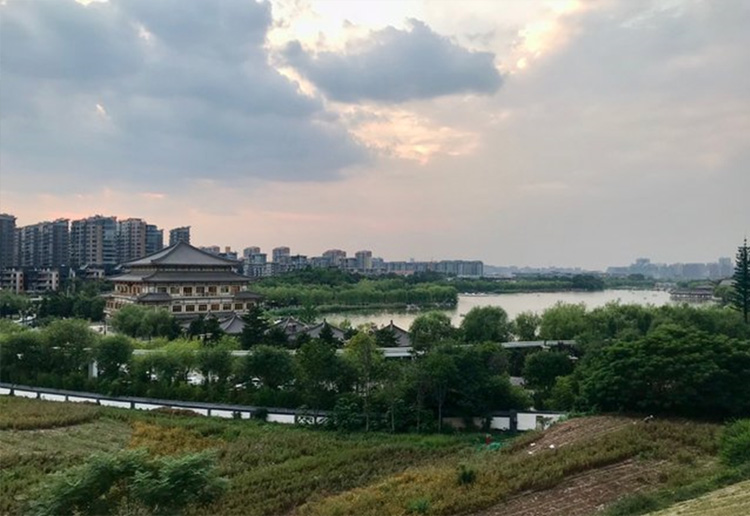
Qujiangchi, a comprehensive historical relic park offering recreational functions. Source: Li Juan, Division Chief of Museum and Social Cultural Heritage Department of Shaanxi Cultural Heritage Bureau
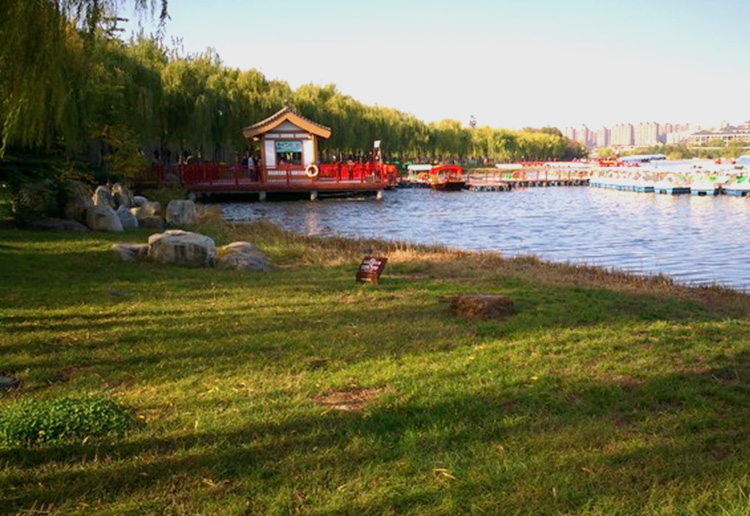
Qujiangchi, a comprehensive historical relic park offering recreational functions. Source: Li Juan, Division Chief of Museum and Social Cultural Heritage Department of Shaanxi Cultural Heritage Bureau
4. Privatised Conservation Model (民营建设模式):
Tang West Market Museum Park
Located on the original site of the West Market from the Tang Dynasty, this is China’s first private museum that features ancient relics and the culture of the Silk Road.
The museum occupies an area of 500亩 (approximately 0.3 km²) with a construction area of 35,000 m2 and features a collection consisting of some 20,000 objects. Many of these been acquired through the fieldwork of its curators, and over two decades of archaeological digs on what was once the eastern terminal of the Silk Road. Together, the exhibits reflect the market’s long history from the Shang Dynasty to the Qing Dynasty.
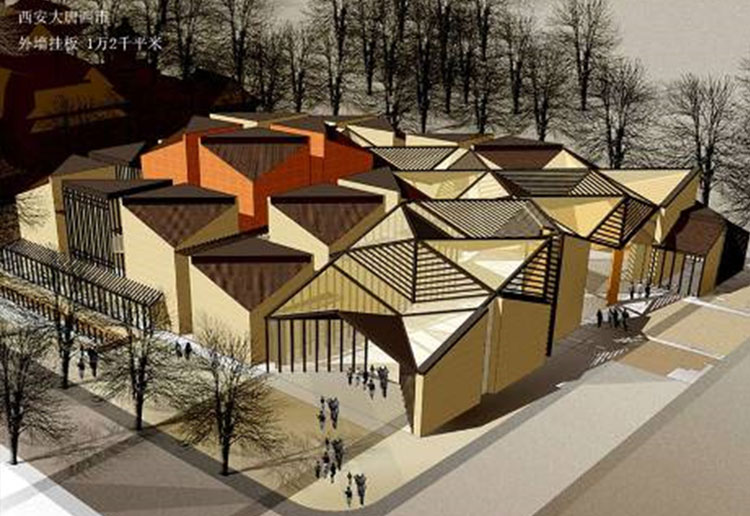
Illustration of the Tang West Market Museum. Source: Li Juan, Division Chief of Museum and Social Cultural Heritage Department of Shaanxi Cultural Heritage Bureau
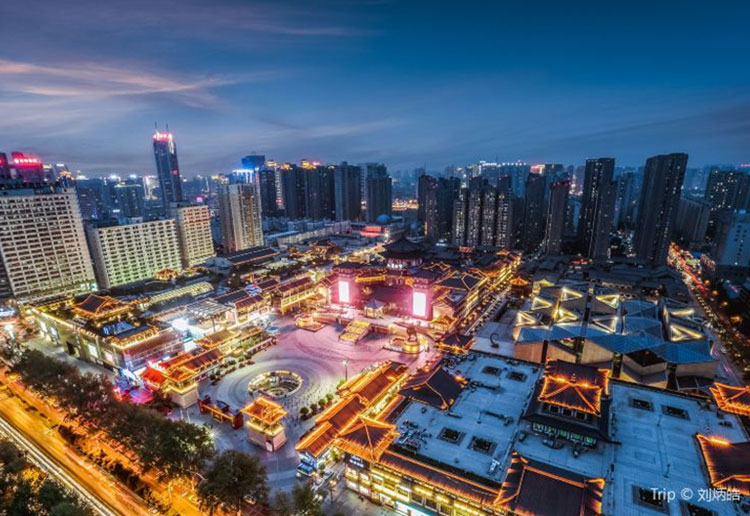
Overview of Tang West Market Museum Park. Source: Liu Bing Hao
With a 3.5 billion renminbi (S$700 million) investment from the privately-owned Tang West Market Museum, the relics area has been expanded into a heritage and leisure hub that includes the Jinshi Square, Tangxi Museum, International Antique City and International Tourist Souvenir Trade Center.
5. Restoration of Forestry Conservation Model (退耕还林模式):
Duling National Ecological Heritage Park
The southeast of Xi'an City is home of to one of China's most important cultural relic areas: the Mausoleum of Emperor Xuan (also known as Liu Xun) of the late Western Han Dynasty.

Duling National Ecological Heritage Park. Source: turenscape.com
The park restores the original structure of the garden and its ecology, transforming the area into the “Green Lung” and “Oxygen Bar” of Xi’an while maintaining its rich heritage. By integrating the natural ecology with conservation, the park allows the people to connect with nature and also history. It is an example of a conservation model where relics areas are restored to its natural state as a forest and measures are taken to prevent further damages to the ecology.
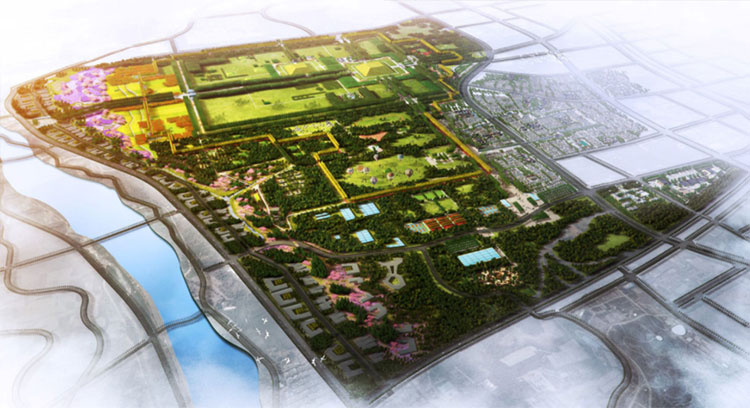
Illustration of the Duling National Ecological Heritage Park. Source: turenscape.com
The five models of conservation have enabled Shaanxi to achieve the core principles of its Xi’an Declaration on Conservation of the Settings of Heritage Structures, Sites, and Areas. These were first presented in 2005 at the 15th General Assembly of the International Council on Monuments and Sites (ICOMOS). Not only has the province been able to protect China’s ancient relics and surrounding environment, its efforts have also improved the local ecology as well as the living conditions of its people.
This case study was adapted from a presentation by Miss Li Juan (Division Chief of Museum and Social Cultural Heritage Department of Shaanxi Cultural Heritage Bureau) during the Senior Shaanxi Officials Study Visit organised by MFA and CLC in September 2019.
This report was first published in the Better Cities Apr 2020 issue.
About the Writer
Joanne Law Zu Er
Intern
Centre for Liveable Cities
Joanne was an Intern at the Centre for Liveable Cities. She is currently in her final year, pursuing a Bachelor’s degree in Chinese Studies at Nanyang Technological University, with a strong interest in Contemporary China and China Cultural Studies.